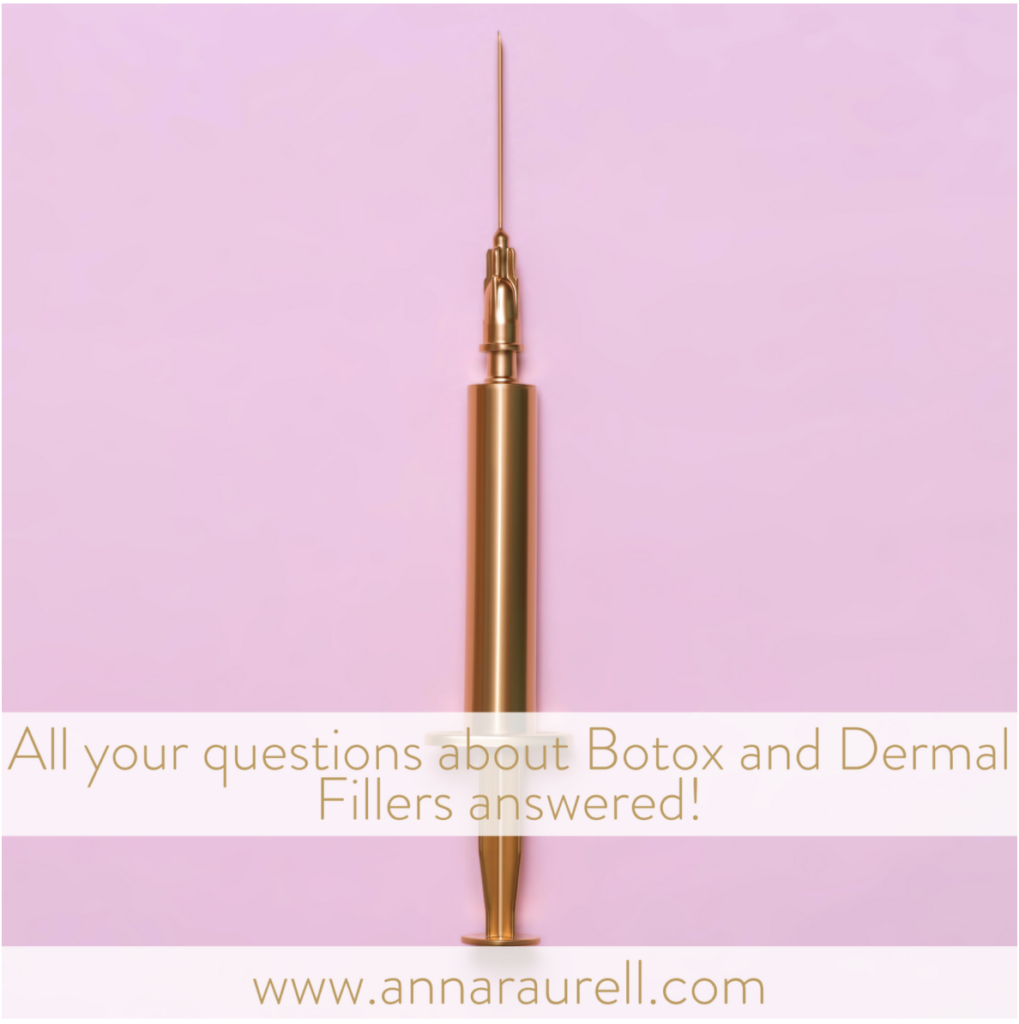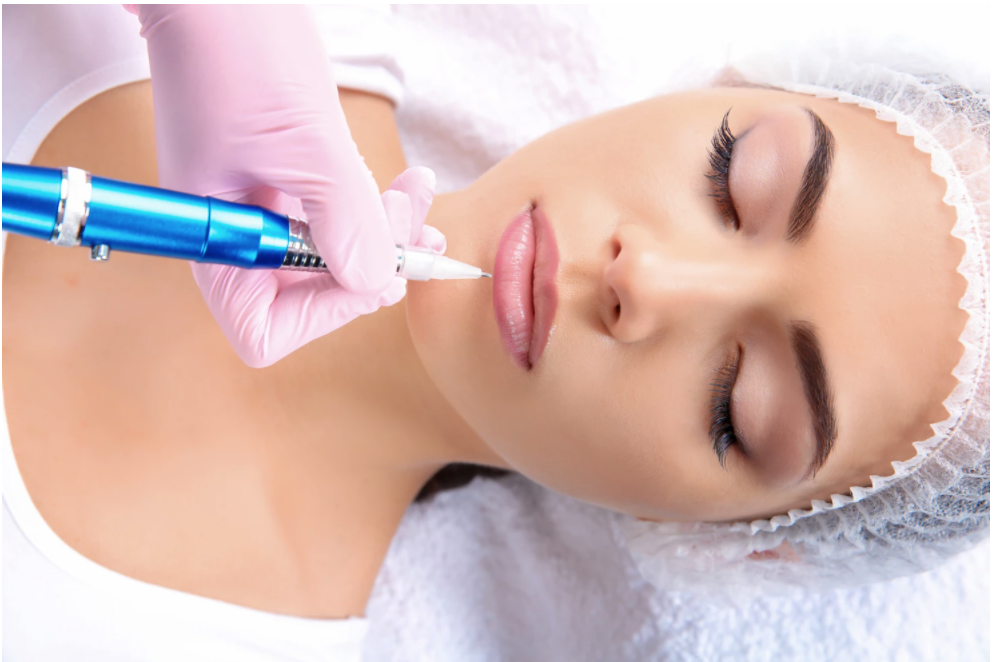
Botox and fillers are two types of cosmetic procedures that people can be offered. They are both given through injections and are minimally invasive, however, they are the only similarities that they have!
Botox is made up of purified bacteria’s that freeze muscles and therefore reduce the appearance of line and wrinkle that are caused by aging and facial expressions.
Dermal fillers are however used to fill out area of the face that have thinned as you age. Dermal fillers are most commonly used in the lips, cheeks and around the mouth.
Comparing Botox and fillers
Botox
Botox is short for botulinum toxin, which is toxic in large amounts, however safe when used in tiny amounts to correct wrinkles. Botox temporarily paralyse the muscle, allowing the skin to soften and reduce the appearance of wrinkles. Most people find that they will have to have this procedure done ever 3-4 months.
As Botox is a temporary change, it is likely that any side effect will wear off as the Botox breaks down, however it is still important that you consider these before you go ahead with any procedures. Possible side effects include:
-
Weakness or drooping near the site of the injection
-
Rashes or itchiness
-
Bruising, swelling or redness
-
Headaches
-
Flu-like symptoms
-
Problems with vision
It is important to note that this is very rare
Dermal fillers
Dermal fillers, that are sometimes referred to as soft tissue fillers, are substances that are injected just below the skin to add fullness and volume. Fillers are made from different substances, which treat and react with the body differently, meaning that they last a different amount of time (some last 6 months whereas some last as long as 2 years).
Similar to Botox, dermal fillers come with possible risks that must be considered before you go ahead with any procedures. These include:
-
Skin rash or itchiness
-
Swelling, redness or bleeding
-
Undesirable appearance (lumpiness)
-
Damage to the skin
-
Ability to feel the filler under the skin
This article is intended to inform and give insight but not treat, diagnose or replace the advice of a doctor. Always seek medical advice with any questions regarding a medical condition.




